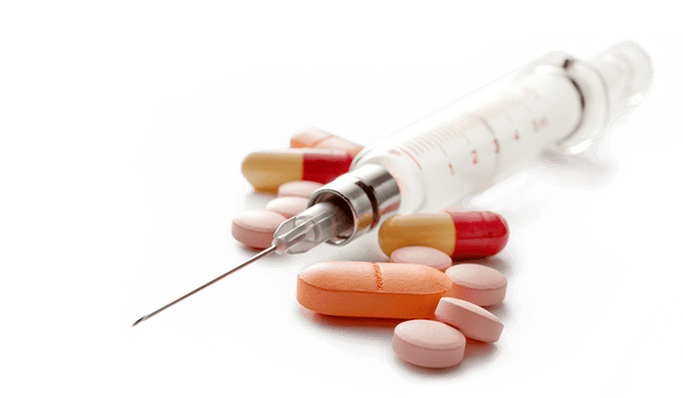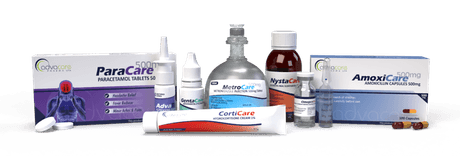What is the meaning of Antihistamines?
Antihistamines are a class of drugs used to treat allergy symptoms. Some indications include allergic rhinitis (hay fever), hives (urticaria), food allergies, and insect bites or stings. The symptoms that are eased through antihistamine medications may include itching, sneezing, runny nose, and watery eyes.
The efficiency of antihistamine drugs in alleviating symptoms of allergies, hypersensitivities, and other conditions is well established. Anti-allergy medications efficiently block the effects of histamine, a natural chemical mediator. With the body's reaction to allergens prevented, ensuing physical symptoms are also inhibited.
Antihistamine drugs are available in a variety of dosage forms including tablets, injections, syrups, nasal sprays and topicals.


